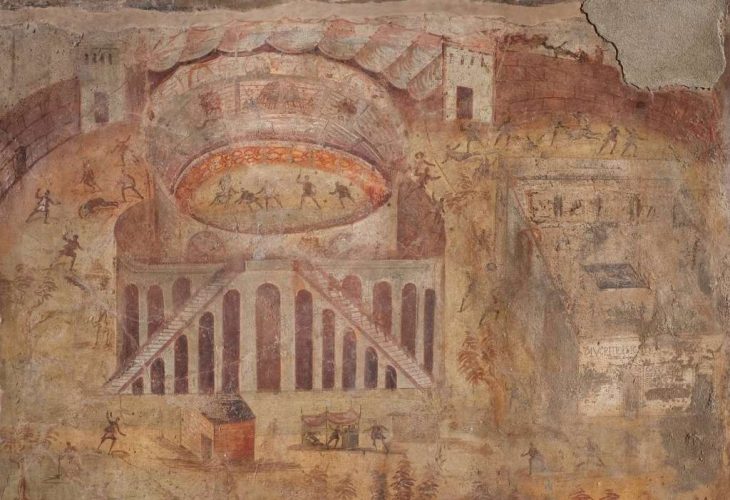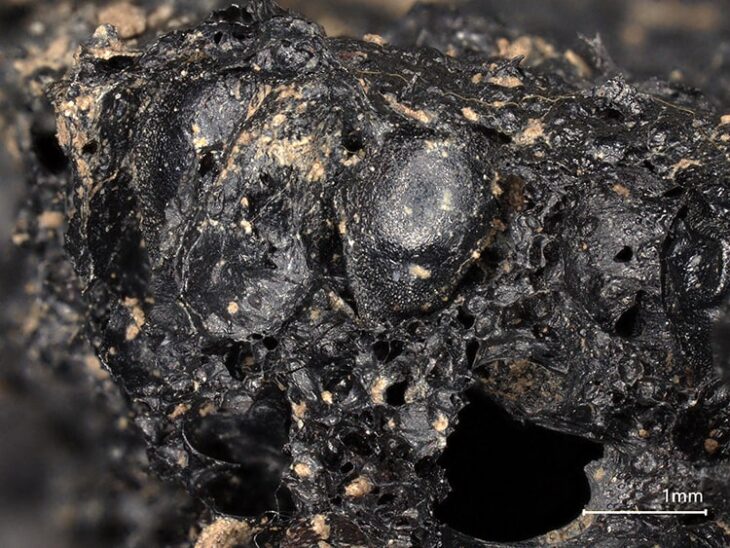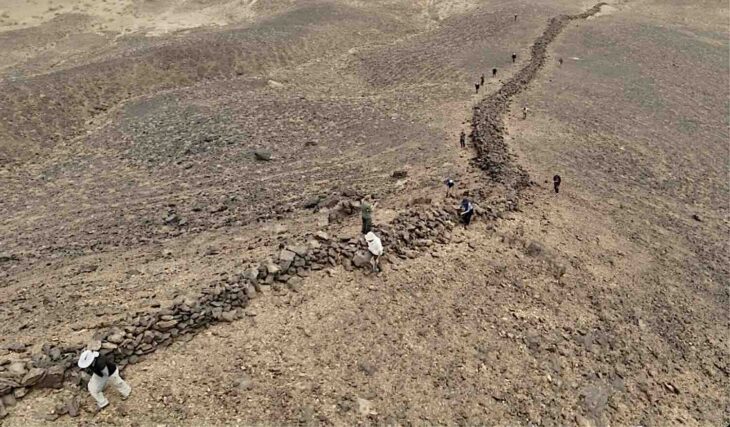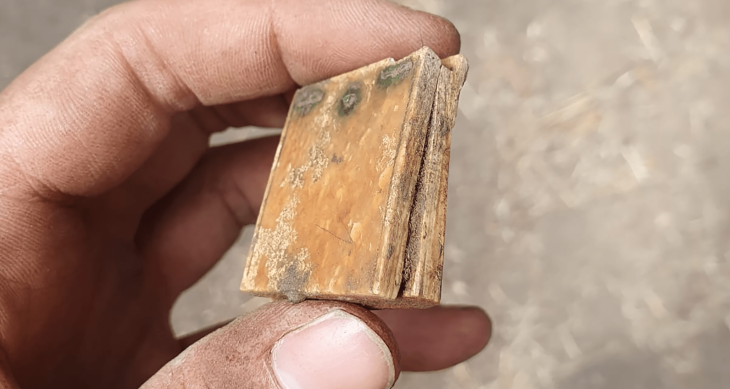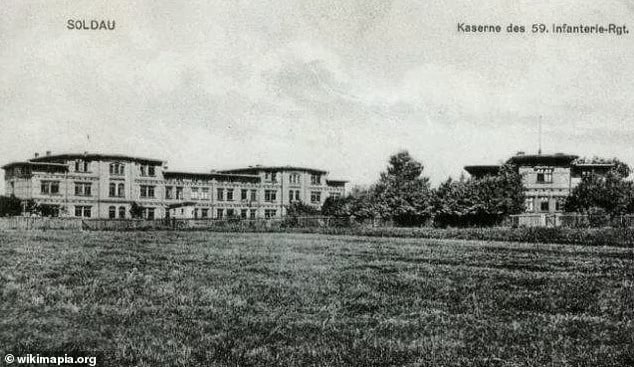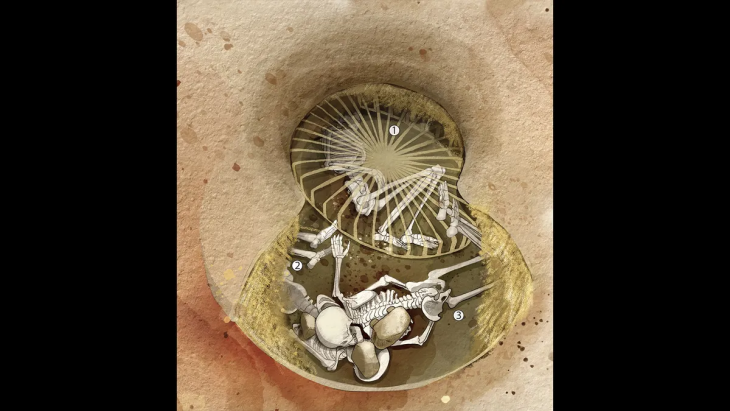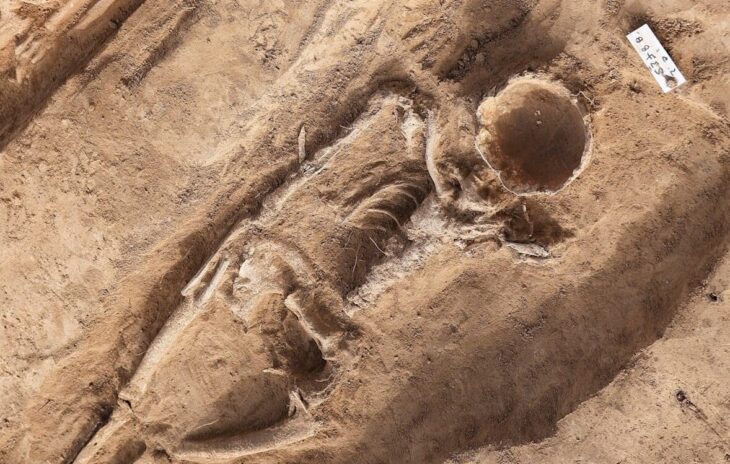A seal impression belonging to Hattusili III was found during the excavations carried out near the village of Kayalıpınar in Yıldızeli district of Sivas province, located in the central Anatolia region of Türkiye.
Hattusili III, one of the most famous kings of the Hittites, took his place in history with the Battle of Kadesh and the subsequent Kadesh Peace Treaty. Not only was Hattusilis successful in his military exploits, both before and after his assumption of the kingship, he and his wife Puduhepa, instituted religious reforms within the Hittite kingdom and engaged in extensive diplomatic relations with other great powers of the time such as Egypt and Assyria.
Hattusili III ruled the Hittite lands between 1267 and 1237 BC.
Archaeologists have been excavating in Kayalipinar, a village in Yildizeli District in Sivas Province, since 2004. It was determined that this region, where many epigraphic findings were discovered, was one of the Hittite cities of the Imperial period.
According to the Anadolu Agency, Dr. Çigdem Maner, Associate Professor of Koç University’s Department of Archeology and Art History, has been collaborating with international scientists, and the team is making significant progress at the excavation site.
📣 Our WhatsApp channel is now LIVE! Stay up-to-date with the latest news and updates, just click here to follow us on WhatsApp and never miss a thing!!

Stated that they have been continuing the excavations in Kayalıpınar village since 2021 with Emre Kuruçayırlı, Deputy head of Excavations at Boğaziçi University, Maner said, “We worked with international teams from many universities, and our work this year lasted approximately 2.5 months,” said.
“Kayalipinar was previously known as a settlement from the Old Assyrian and Hittite periods. This year’s findings and architecture show that this settlement is actually much older and dates back to even later periods. We could understand that it lasted for about 1,000 years. These excavations prove that Kayalipinar was the center of millennia,” Maner said.
Researchers have unearthed ancient seal impressions of King Hattusili III, his children, his wife Puduhepa, and princes, as well as clay seal prints belonging to the King’s eldest son, Crown Prince Nerikaili. Archaeologists also found pieces of cuneiform tablets with inscriptions of festivals and fortune-telling texts.
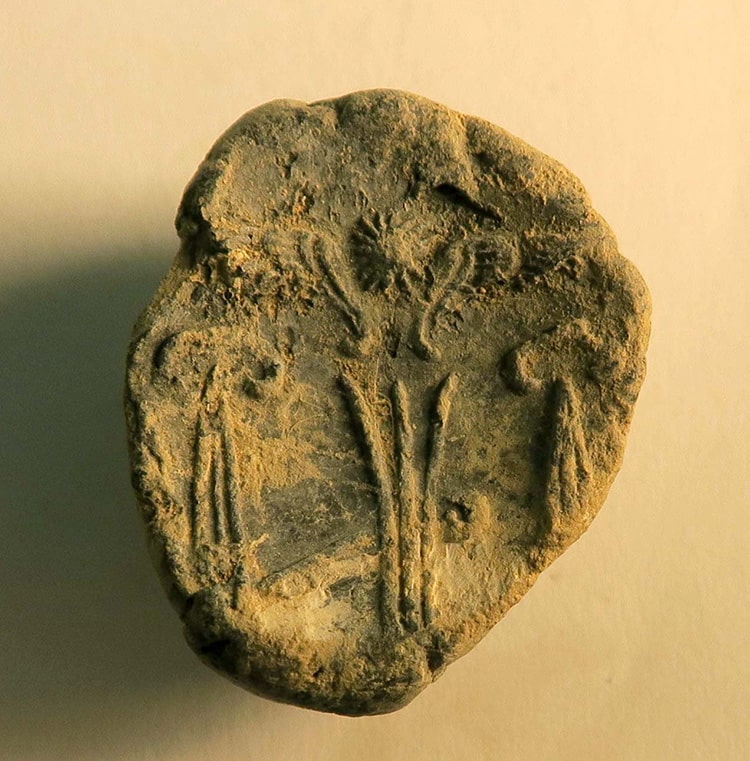
Maner explained that they carried out excavations in 4 areas in Kayalıpınar this year and said:
“In the excavations we conducted in these areas, we uncovered both significant architectural remnants and important artifacts. In one of our trenches, we were particularly able to understand the stratigraphy of this excavation. Among the most important findings are seal impressions that could potentially change Hittite history. These seals are imprinted on clay and have managed to survive to the present day. We found them in a burned building we excavated. Especially from the period of Hattuşili III, we discovered very important seal impressions related to his wife, children, and the royal family. After consultations and discussions, we would like to designate the structure where these were found as the Imperial Archive. We can see that there is a very significant Hittite imperial archive in Kayalıpınar.”
Maner stated that they have discovered administrative structures from the Hittite period in Kayalıpınar. She continued, “We haven’t found a religious structure yet, but most of the inscriptions are religious texts. Therefore, in our future work, we aim to uncover religious structures and hopefully find some political texts as well. When we look at the archives in Hattusa (Boğazköy), we see that very important political texts have emerged. In this year’s excavations, we also unearthed two new Hittite structures. Based on their plans and findings, we believe they could be temples. In fact, we found the name of King Hattusili III engraved on a ceramic vessel in one of the structures. So, we are very excited.”
Maner stated that they guessed that there was a burning shelf in the area where they found the seal impressions, and said, “During the Hittite period, they used to wrap strings around wooden tablets, and they would imprint seals on those strings. These seals have survived to the present day, but the wooden tablets turned into ashes due to the fire.”



